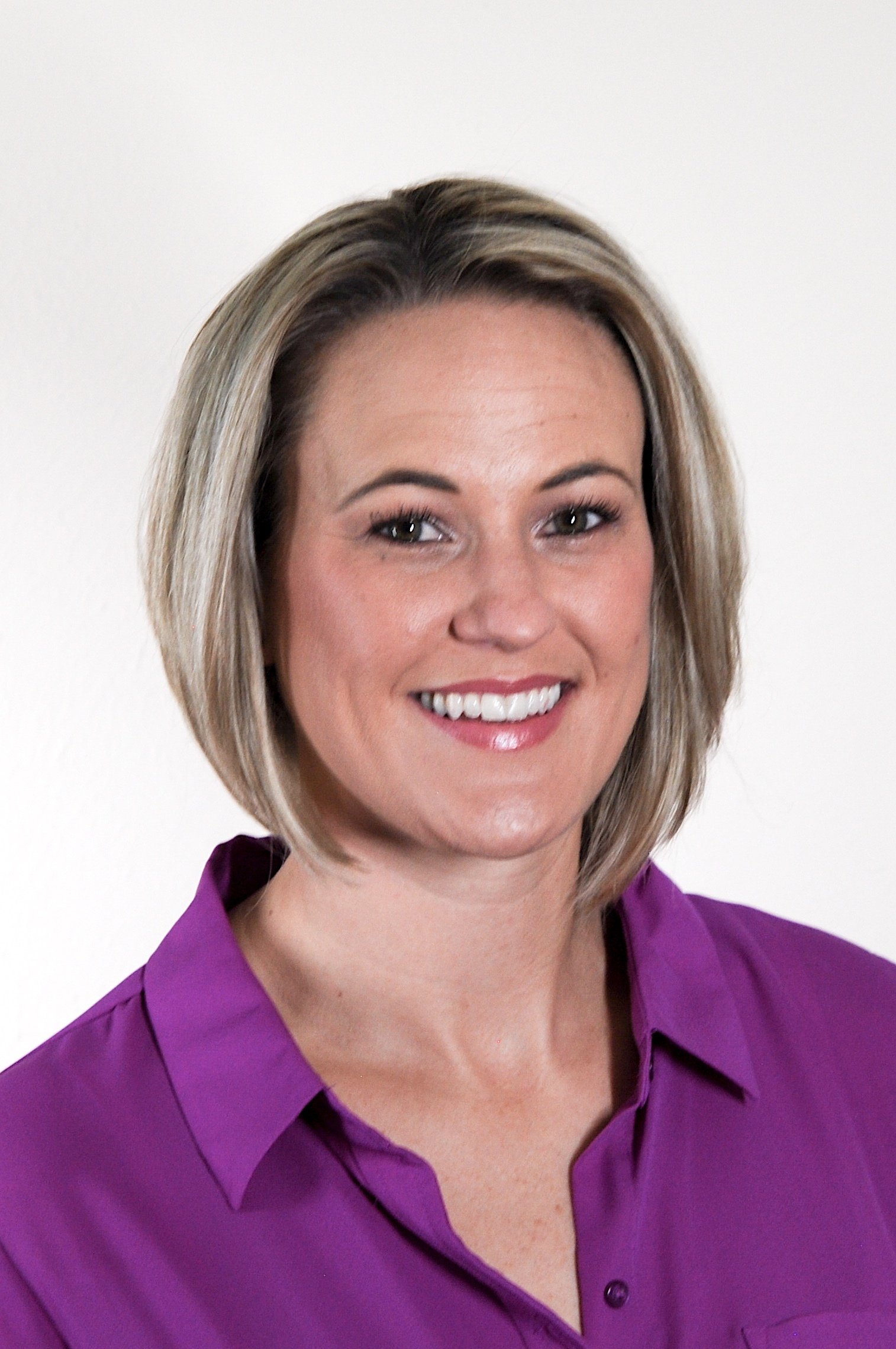How to Lose a Customer Without Even Trying
in Key Account Management /In the key account management game, having a solid roster of key clients that bring in 80% of the revenue is everything. As you research online and read books, you’ll probably find yourself reading the same guide about how to keep a customer.
While that’s great and all, today, we want to take a different approach. How often do you think about what you could do to lose a customer? It’s important to look at these thoughts so you can know exactly what not to do.
So, after years of working with key account managers and our own past experiences, here are the deadly sins you can commit that will lose your customer without even trying.
Becoming Just Another Vendor
The three words that you should avoid like the plague are “just another vendor.” The surefire way to keep your customers disinterested is to seem replaceable. As a key account manager, your number one job is to a build a relationship so strong, that your client won’t even entertain the thought of choosing another vendor.
To accomplish this, you need to be unique. You can’t be just like the other guys, and you need to conduct an in-depth analysis of what makes your company, products, services, and your skills unique. Once you find that, go all in and focus on differentiating yourself from the competition.
Sure, you should know what your competitors are doing, and they might be doing some things rights. Even so, avoid imitation, and instead carve your own path in the client’s mind. Once they see that you’re different for good reasons, they’ll never want to leave, even if you make mistakes down the line.
Being a Risk Taker
As a trusted advisor, your responsibility isn’t to try something crazy with the account to see if it works. Instead, you follow a strict account plan that maps out every single move that you’ll make with the key account. Even something that might seem like a good idea at first could be a trap and create even more problems than solutions. A trusted advisor must be methodical, and your key accounts should be able to come to you with any and all questions without fear that you’ll take a risk and create even more problems.
Be acting methodical and thinking every action through, you can avoid failure, and you won’t challenge your client to find new solutions to the problems you create. Key accounts want to work with vendors that have their best interests in mind and know exactly what they’re doing. If they discover they’re working with a company that embraces unnecessary risk, they’ll look for the exit door.
Rely on One Form of Communication
In 2018, there are literally dozens of ways that you can communicate with clients. From email to text messages, snail mail, phone calls, and in-person visits, you have plenty of communication options, and each presents its own benefits.
How do you talk to your clients? If you’re only just using one method of communication, you’re making a huge mistake. Here’s why:
Clients want to stay in the loop on a frequent basis of the work you’re doing to help them reach their goals. Not every communication method is quick, and if you’re relying on cumbersome, time-consuming methods like email or snail mail, you’re depriving them of the information that they need to know.
One of the worst things you can do besides only using one form of communication is to rely exclusively on email. Email is a great tool – don’t get me wrong – but it also has its drawbacks.
Emails take time to write, which means that you need to take time out of your day to gather the data and write up a letter to send them. Your client will also need to take time out of their day to read a lengthy email full of info that they might need to know.
In our experience, the ultimate way to talk to your clients is over the phone. By talking on the phone, you can share information back and forth with the client instantaneously. Another benefit of talking on the phone is that your client can hear your voice.
When they are forced to read an email, they have no idea what your tone is. Things can be misinterpreted in emails, and without a voice to dictate the tone, your client is bound to draw their own conclusions.
Phone calls are much more personal, and as a key account manager, your goal is to be as personable as possible. You’ll come to know these accounts hopefully for years to come, and the sooner you can begin building that personal relationship, the better. Without the personal touch, you’re just a generic supplier that’s easily replaceable.
Staying on the Surface
The final and possibly most disastrous mistake you can commit is staying on the surface. As the key account manager, you don’t have many accounts to manage, and in many cases, account managers might only have one or two.
Just because you have fewer accounts to manage doesn’t mean you should treat them like any other account. With all of the extra time on your hands, you should work to get deeper. Your ultimate goal is to present your client with a solution that can change the way their entire organization operates.
You won’t find these solutions on the surface, so do your due diligence to dig deeper and uncover organization-wide problems that will make you their trusted advisor and partner in their success.
How Kapta Can Help
How many of these mistakes are you making? It’s not too late to turn it around! Request a free demo of Kapta to see how it can improve your account management practices.







